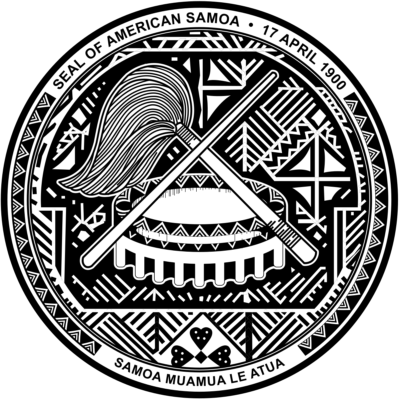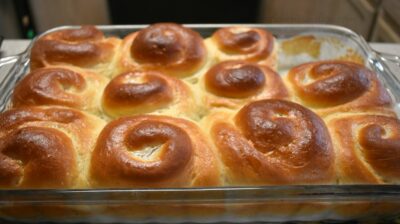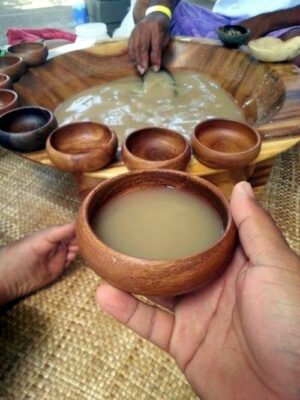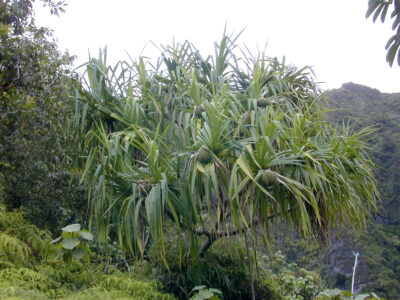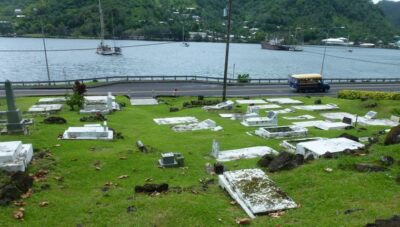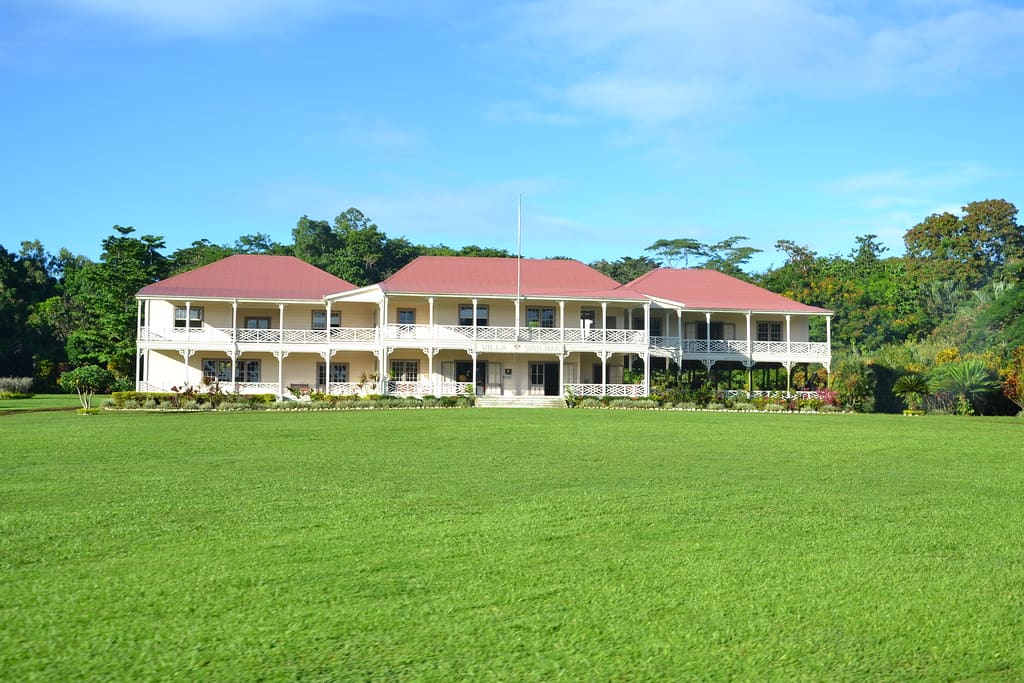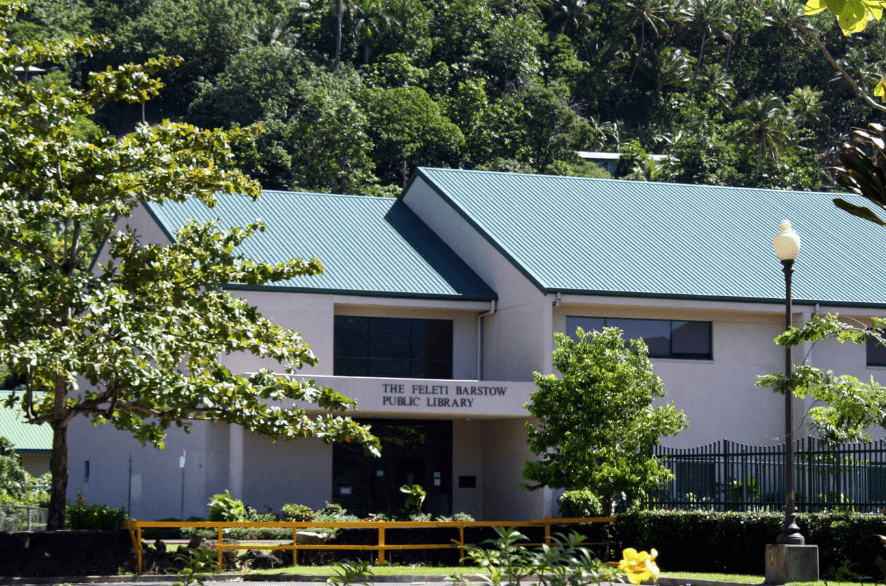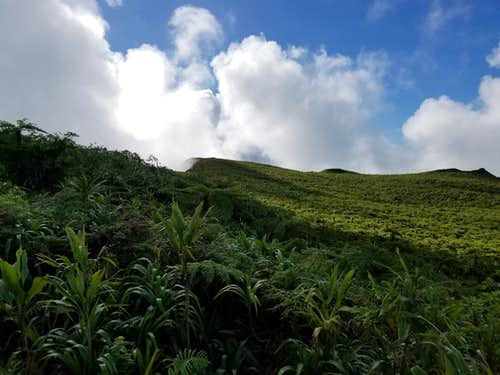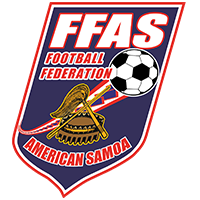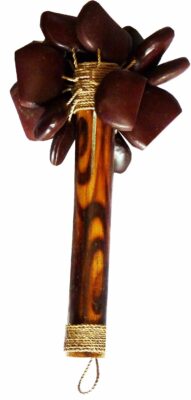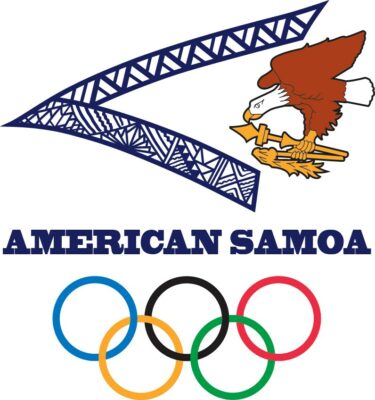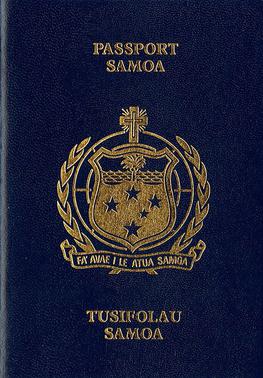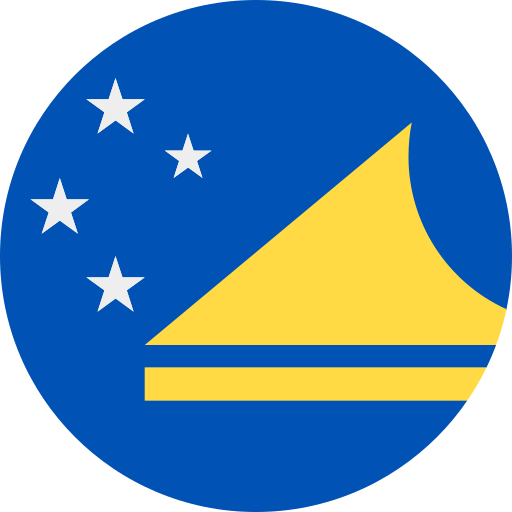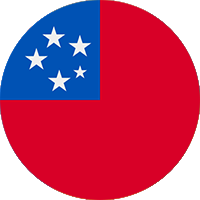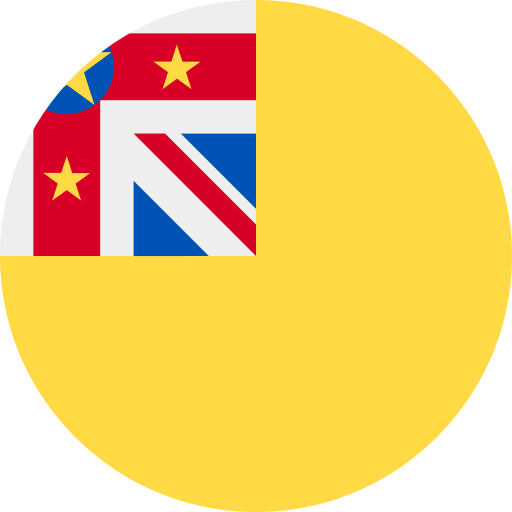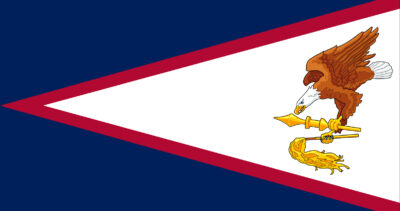National Symbols of American Samoa
Last updated on August 18th, 2023 by Editorial Staff
Table Of Contents
By | Updated on August 18, 2023
Reviewed by Rittika
American Samoa is a country in Australia/Oceania. The official name of American Samoa is the Territory of American Samoa. It shares borders with 3 countries: Tokelau, Samoa, and Niue. The people of American Samoa are called American Samoans. The country is situated in Oceania, a group of islands in the South Pacific Ocean, about halfway between Hawaii and New Zealand.
Etymology discusses where a term is considered to have originated from and how its meaning has changed over time. Etymology has been a factor in the naming of countries all across the world, and American Samoa has also been influenced. The etymology of American Samoa can be defined as; “people of the ocean or deep sea”.
An ethnicity is a group or sub-group of people who are connected based on common characteristics which may include religion, origin, language, traditions, or culture. The ethnic groups in American Samoa include Samoans Tongan, Multiracial, & Filipino.
Samoa Airways is the national airline of American Samoa. The national colors of the country are red, white, and blue. The emoji flag of the country is ????????, and the ISO code is ASM.
American Samoa is known for its having the highest rate of military enlistment of any state or territory in the United States. The national dish of American Samoa is Panipopo. Kava, in addition to being a traditional beverage, is one of the country’s national drinks. The national instruments of American Samoa are Plate, Pala and Drum.
The country has the time zone UTC−11:00 (SST) followed by mm/dd/yyyy as the standard date format.
American Samoa is divided into 3 districts, 15 counties, and 76 villages. The capital of the country is Pago Pago, which is also the largest city in American Samoa.
The literacy rate in American Samoa is 97.3%.
The country’s total area is 200 km² (77 sq mi), and the total population is 55,197. The country’s average elevation is 482 m (1,581 ft), whereas the country’s terrain can be defined as; Five volcanic islands with rugged peaks and limited coastal plains, and two coral atolls (Rose Island, Swains Island). The country’s usual climate is tropical marine, moderated by southeast trade winds; annual rainfall averages about 3 m; rainy season (November to April), dry season (May to October); with little seasonal temperature variation.
The area of land next to a sea is called the coast, and a coastline is defined as the line where land and sea meet. American Samoa has 116 km of coastline.
The United States Dollar serves as the national unit of currency. The domain for American Samoa is .as and the country code is +1-684. The fly switch (fue) represents wisdom and the staff (To’oto’o) represents authority.
Museums are known to educate and connect visitors with the nation’s history, culture, civilization, art, and architecture. The Museum of Samoa serves the same purpose and is considered one of the most significant tourist attractions. The Museum of Samoa is home to a large collection of artifacts. It has been designated as the national museum of the country.
The national dress of American Samoa is the Puletasi, and 1st January is designated as National Day. In American Samoa, the majority of the population practices Christianity as their religion.
Nature is a blessing from God and we must protect it because it provides us with the oxygen and food to survive. It also helps to keep our environment beautiful and clean. To emphasize the significance of nature, American Samoa has selected a few forces of nature as national symbols. Tooth-billed pigeon (Manumea) is both the national bird and animal of American Samoa. The national flower is Paogo (Ulafala) Pandanus tectorius. The national tree of American Samoa is the Paogo (Ulafala), and the highest peak is Lata Mountain.
Sports have always played an important role in developing the social and cultural structure of American Samoa and other countries. When it comes to designating a sport as the official symbol, Rugby union is considered the country’s national sport.
Tupua Tamasese Lealofi III is the founder of American Samoa. The country’s national anthem was written by Mariota Tiumalu Tuiasosopo, and composed by Napoleon Andrew Tuiteleleapaga.
Mausoleums are buildings dedicated to holding someone’s remains. It serves as a reminder of the nation’s revolutionary fighters who sacrificed their lives for the country. Mausoleums are one of the most significant historical landmarks. The national mausoleum of American Samoa is The Satala Cemetery.
Due to their unique qualities and rich cultural or historical backgrounds, national monuments around the world are of great importance. Rose Atoll is recognized as the national monument of the country. It attracts visitors from all around the world.
Numerous organizations are working on a global level to improve the current state of affairs and to collaborate in order to establish and maintain constructive partnerships. American Samoa is a member of the Pacific Community (PC). American Samoa collaborates with them to organize, analyze, and address various events and situations.
The tourism slogan of the country is “Beautiful Samoa” whereas, “Sāmoa, Muamua Le Atua – “Samoa, Let God Be First”” is the official motto of the country.
Fiamē Naomi Mataʻafa is the current Prime minister of American Samoa.
American Samoa has declared Samoan as the country’s official language.
– Learn about American Samoa flag color codes and their meanings –
– Further information regarding the symbols and knowledge of American Samoa can be found in the table of contents –
Country information
Coat of arms
Flag map of American Samoa
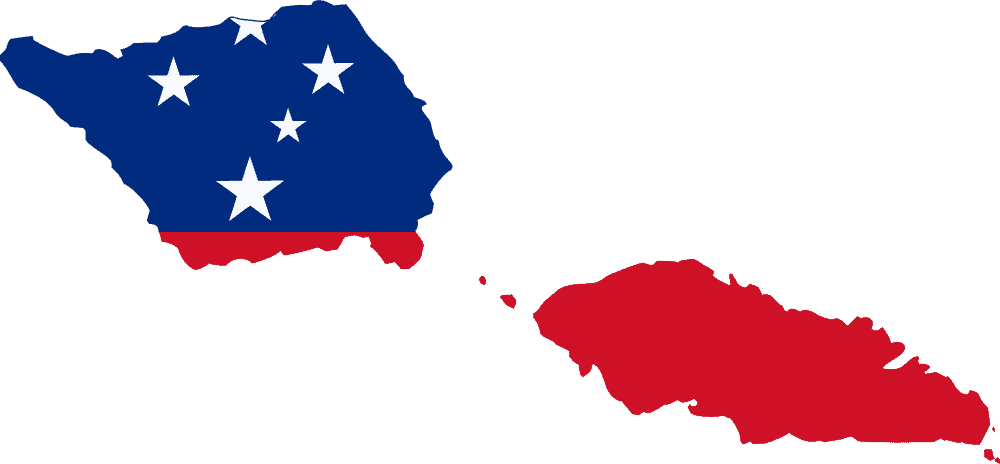
Motto of American Samoa
Sāmoa, Muamua Le Atua - "Samoa, Let God Be First"
National animal of American Samoa
The National animal of American Samoa is Tooth-billed pigeon (Manumea)
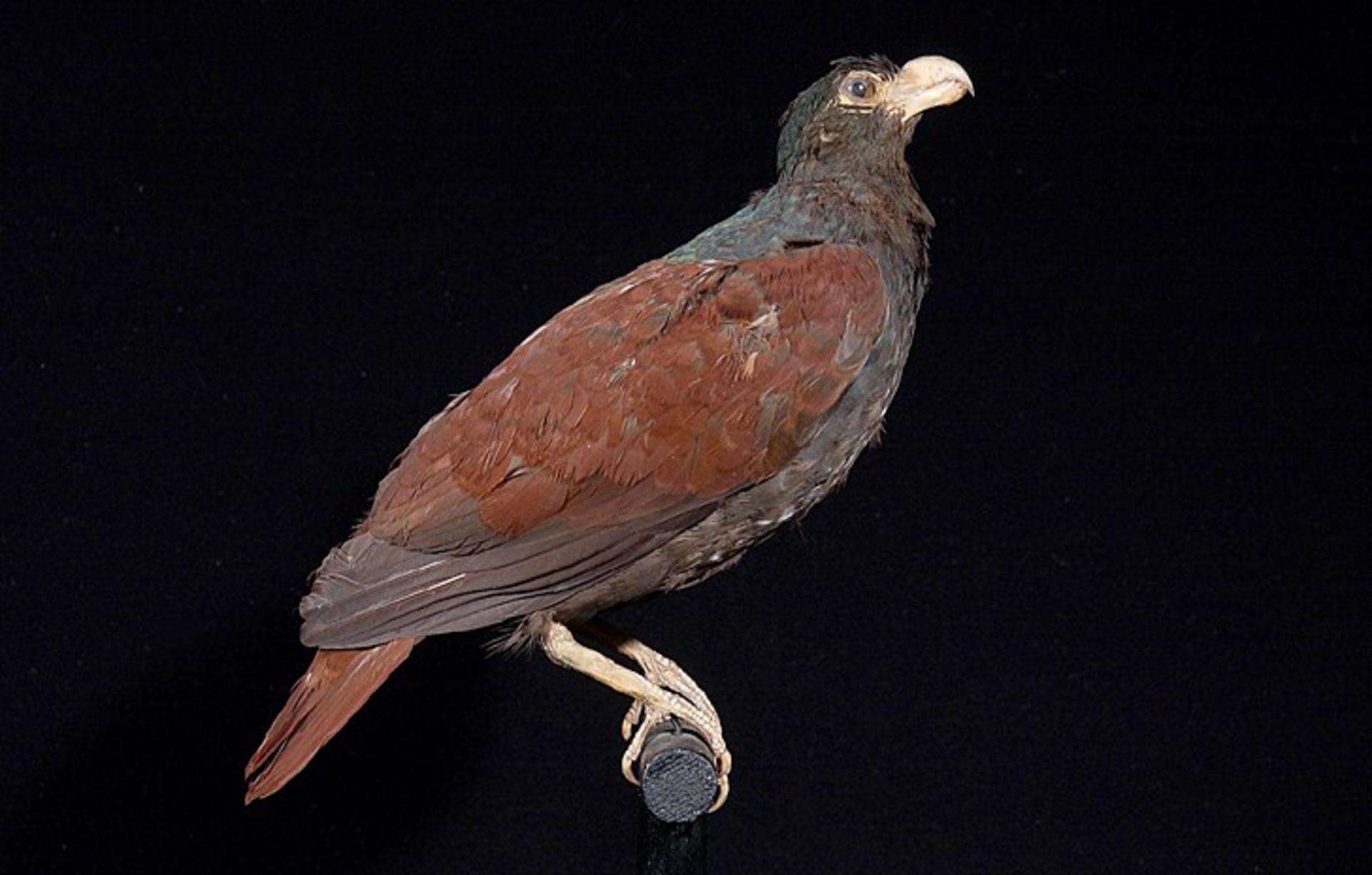
National flower of American Samoa
The National flower of American Samoa is Paogo (Ulafala) Pandanus tectorius. Botanical name is Pandanus amaryllifolius.
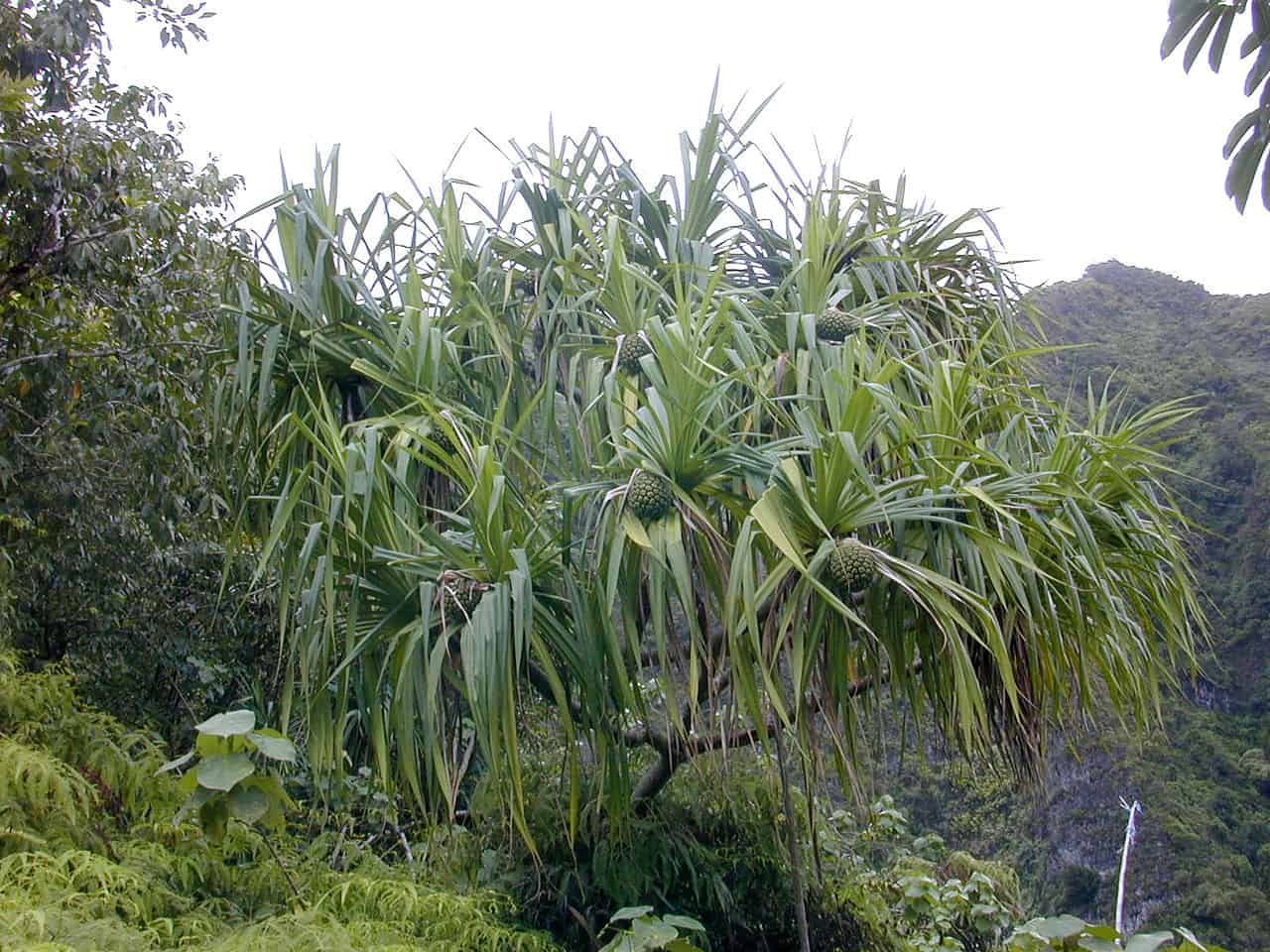
National bird of American Samoa
The National bird of American Samoa is Tooth-billed pigeon (Manumea)

Rest of the National symbols of American Samoa 👇
-
FounderTupua Tamasese Lealofi III
-
National dishPanipopo
-
National danceSiva
-
National dressPuletasi
-
National monumentRose Atoll
-
National anthemView Anthem
-
National fruitNot Declared
-
National drinkKava
-
National colorsred, white and, blue
-
National sportsRugby union
-
National treePaogo (Ulafala)
-
National poetNot Declared
-
National mausoleumThe Satala Cemetery
-
National museumMuseum of Samoa
-
National libraryFeleti Barstow Public Library
-
Highest peakLata Mountain
-
National football teamASA
-
Tourism sloganBeautiful Samoa
-
Emoji flag????????
-
National airlineSamoa Airways
-
National instrumentPlate, Pala and Drum
-
National heroNot Declared
-
Prime MinisterFiamē Naomi Mataʻafa
-
Olympics CommitteeAmerican Samoa National Olympic Committee
-
PassportPassport of American Samoa
Neighbouring countries of American Samoa
American Samoan Proverbs - Popular quotes, proverbs and sayings.
Let it be thrown on the deck of the large canoe. A depreciatory saying of a speaker. Why not steer a straight course? Applied to a speech having no definite proposition. It grew in the bush, but it is cast away in the road. This is a secret; lit., This is under the chestnut tree. this means hide things not to be remembered forever. Of anything quick, like a canoe before the wind.
